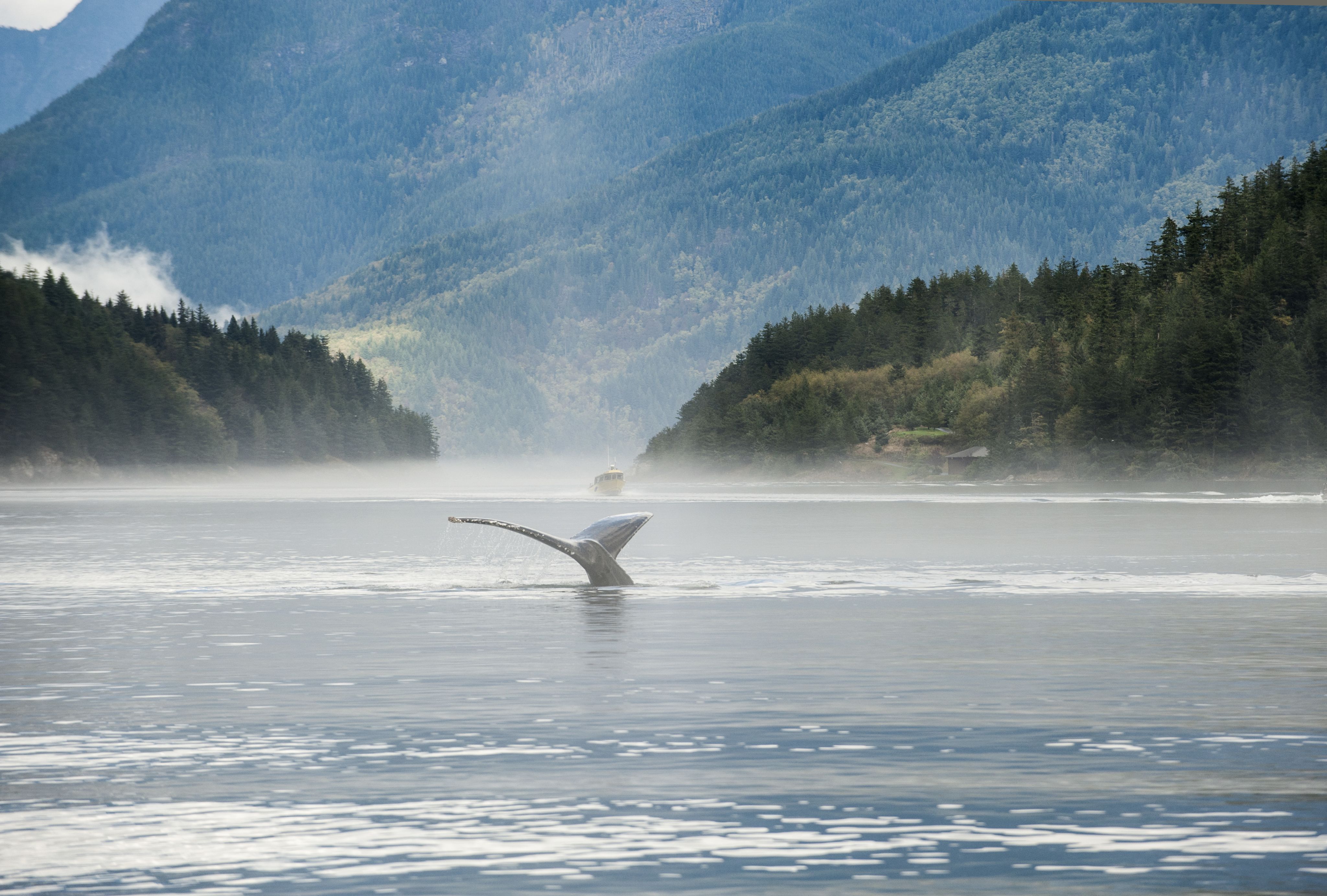Secrets of the Inland Sea
Tourism and conservation go hand-in-hand at the Lake Superior National Marine Conservation Area
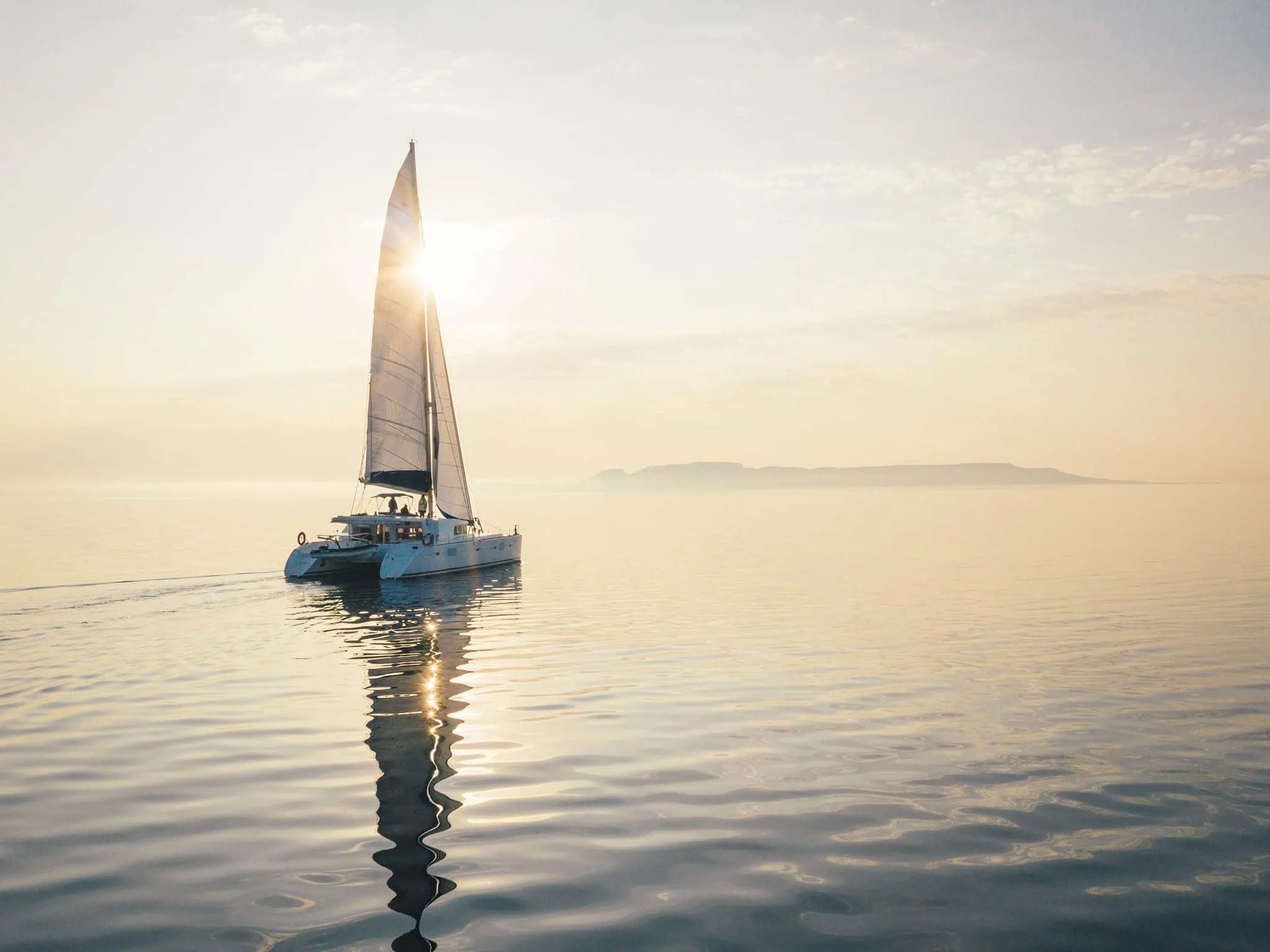
Growing up in Thunder Bay, Gregory Heroux spent much of his childhood on Lake Superior, sailing with his dad on the legendary waters.
"It is secluded, it is remote, it is beautiful and it is always changing. That's Lake Superior," Gregory says.
Today, Gregory is owner and captain at Sail Superior, a Thunder Bay-based company that offers day and overnight trips on the waters of the world's largest freshwater lake.
He uses his 50 years of sailing experience – which includes a trip across the Atlantic – to help others have a safe and rewarding experience on Lake Superior.
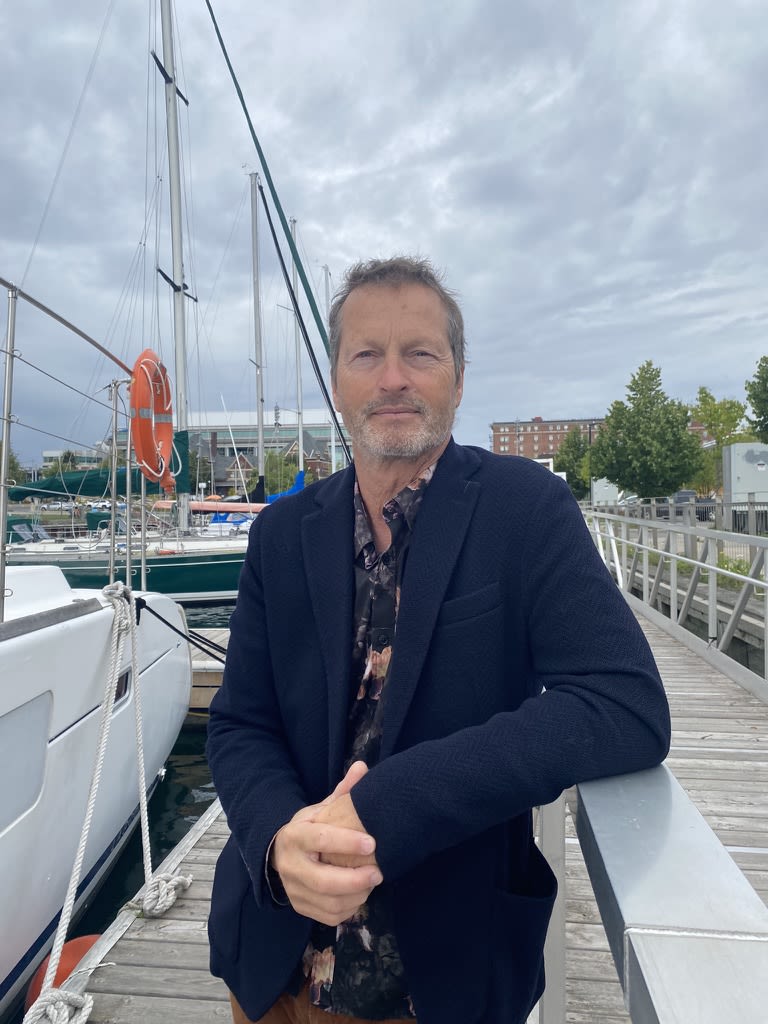
"I've been on this lake my whole life," he says. "There are days with some big waves and there's some good winds out there and there are other days when it's as calm as a bathtub. And you say 'wow, look at the water.' You can see down 20 feet."
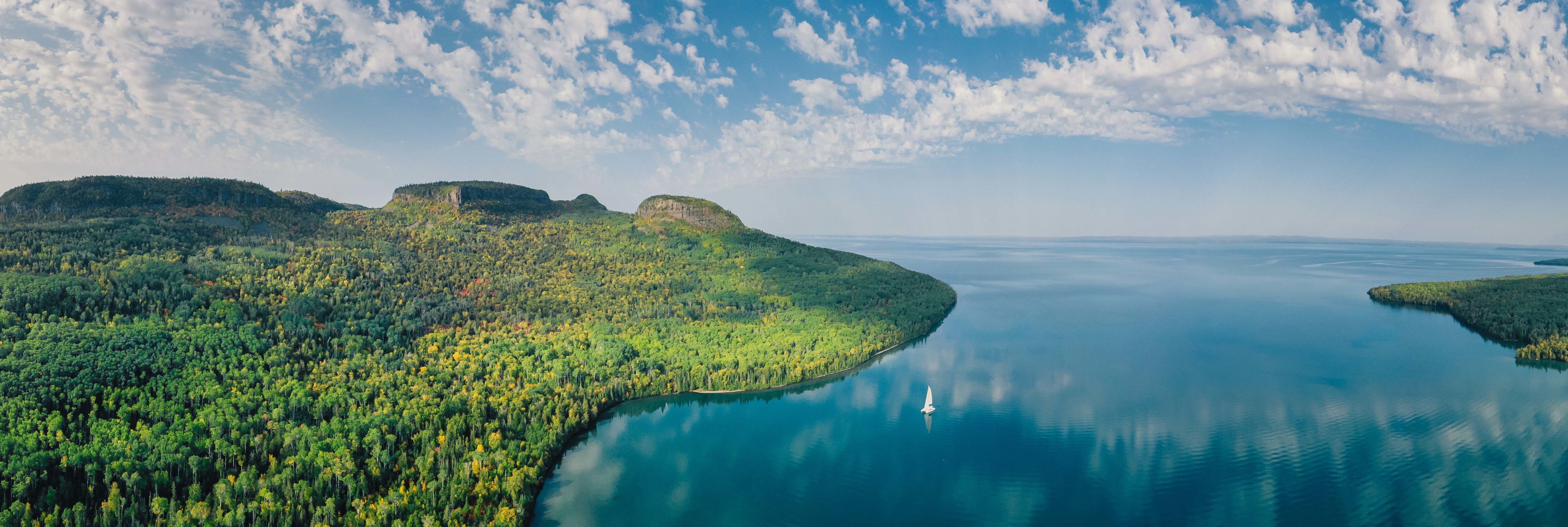
Popular trips with Sail Superior include shorter harbour tours, high-speed zodiac rides to the Welcome Islands and scenic cruises that take guests to the base of the Sleeping Giant and allow them to climb to the top of some of the highest cliffs in Ontario.
From the highest vantage point, you can get a sense of the scale of this lake which is often referred to as an inland sea.
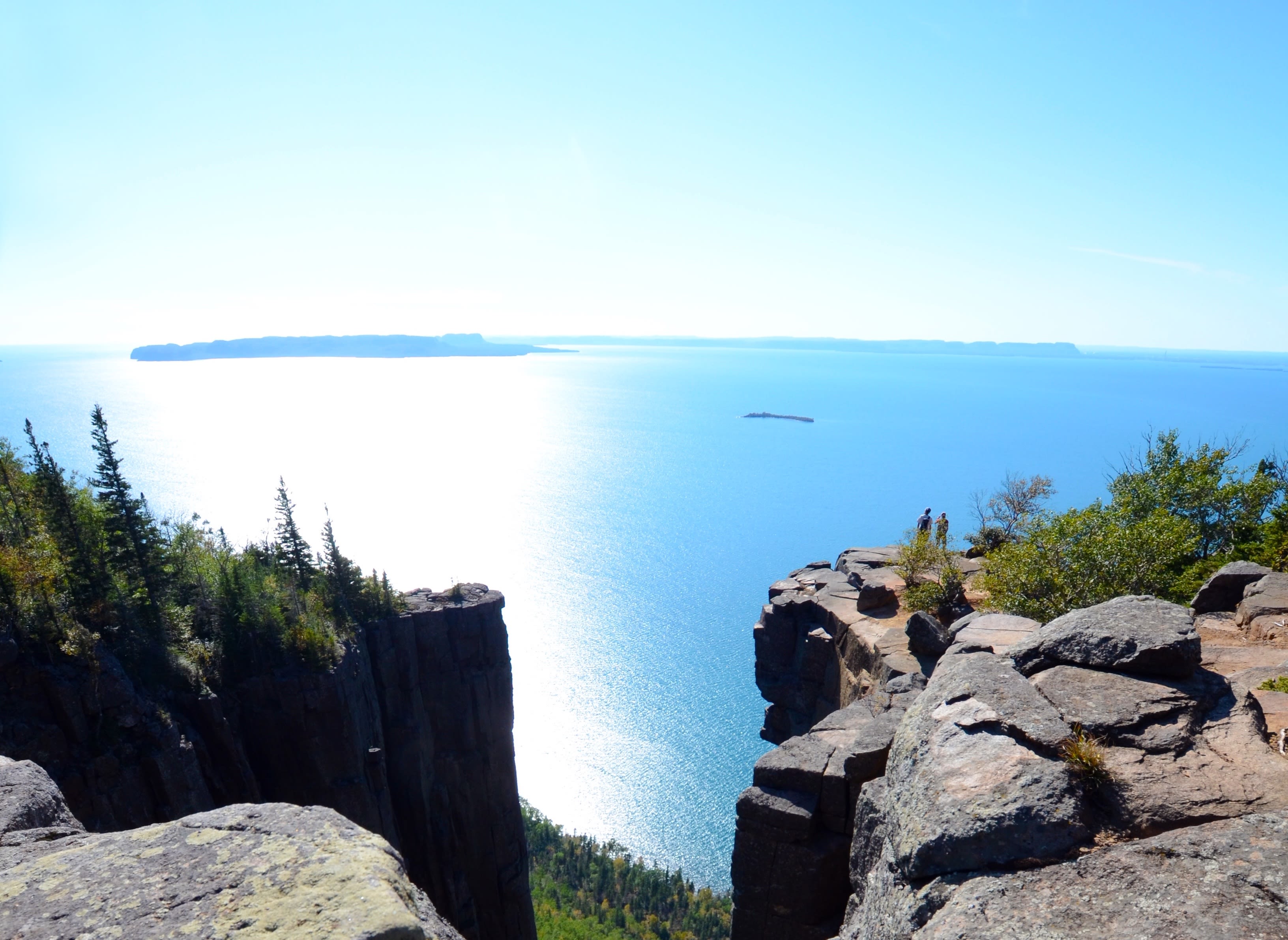

"It is secluded, it is remote, it is beautiful and it is always changing. That's Lake Superior."
But to truly take in the ebbs and flows of Lake Superior, to get to the heart of its essence, you'll have to join one of Gregory's epic multi-day trips.
Get to know the coves and inlets, explore the small communities on the Canadian shores, see incredible wildlife and get to know some of Gregory's favourite spots for a quintessential Lake Superior experience. This includes stopping on a remote island to enjoy a wood-fired sauna – built there courtesy of the region's strong Finnish cultural heritage.
A good portion of where Gregory sails is part of the Lake Superior National Marine Conservation Area (LSNMCA), one of the largest protected freshwater areas in the world.
Headquartered in Nipigon, the protected area covers approximately 10,000 sq km. It extends along the north shore of the lake from Thunder Cape at the tip of Sleeping Giant Provincial Park in the west to Bottle Point, just east of Terrace Bay, and all the way to the Canada-US border. It includes the waters of Black Bay and Nipigon Bay, as well as numerous islands.

By surface area, Lake Superior is the largest lake in the world. It contains an astounding 10% of the world's surface freshwater and its mighty storms and ensuing shipwrecks are the stuff of legends.
The lake inspires reverence.
The Anishinaabe, who have lived along these shores for millennia, call the lake gichigamiing. It means big lake or big waters.
My first experience on the lake comes with the staff of the Lake Superior Marine Conservation Area. They have been kind enough to invite me aboard their boat as they head out to collect zebra mussel samplers in Black Bay.
Zebra mussels are one of several invasive species that have found their way into the Great Lakes ecosystem and into the waters of Lake Superior.
"Some testing has shown that they are actually quite common on the western part of Nipigon Bay and out to Nipigon Strait," Doug Tate, Ecologist team leader at the LSNMCA tells me. "We've been trying to sample different areas to see what the extent is and we have not found any as far as Rossport or Terrace Bay yet."
That's good news so far, as Zebra mussels reproduce quickly and take a lot of the microscopic food out of the water column, not leaving enough for native species.
Other invasive species that have hugely impacted the Great Lakes are Quagga mussels and the Sea Lamprey, as well as the Phragmites (an aggressive invasive plant).
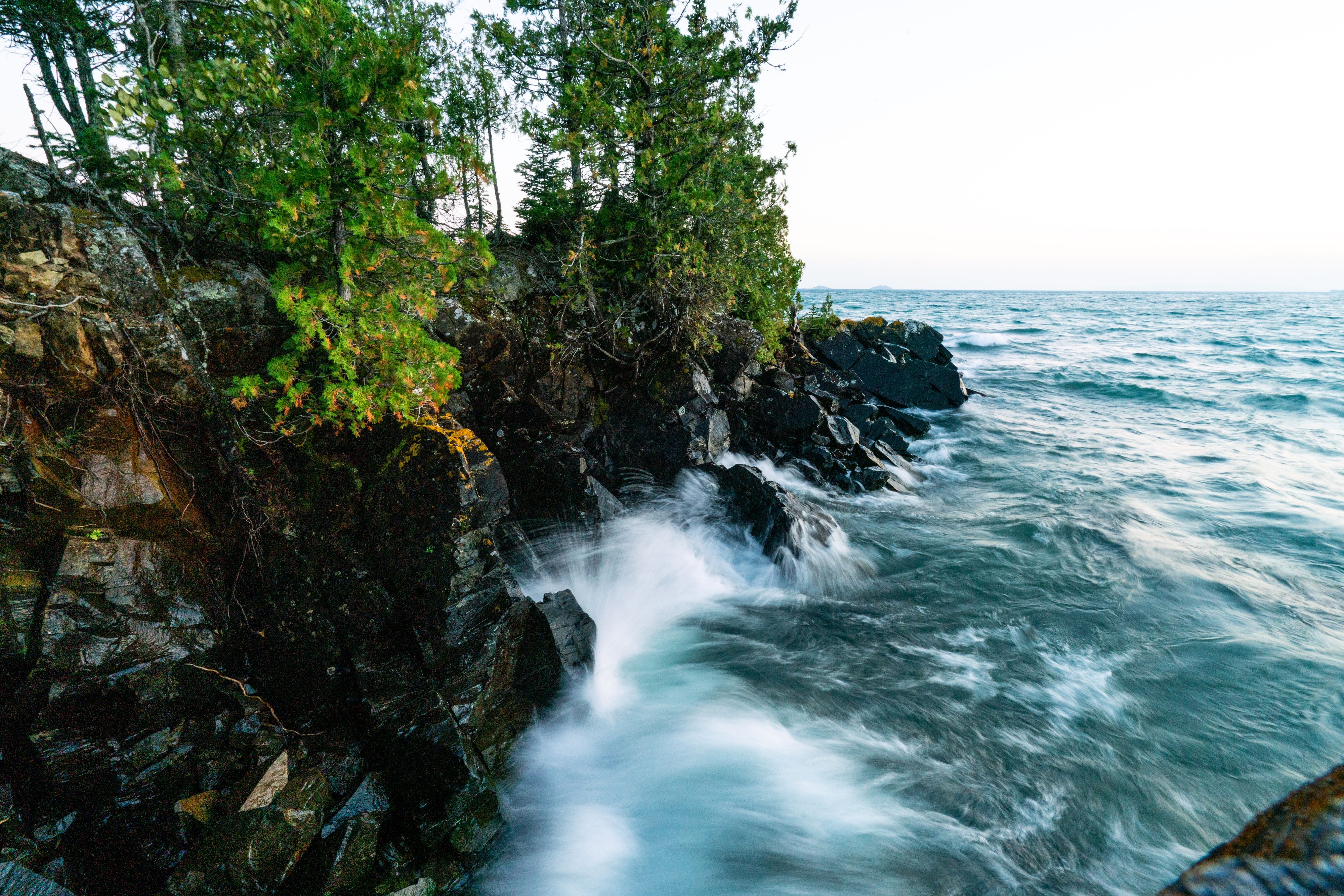
Out on Black Bay, I am quickly reminded of Gregory's words about the changing nature of Lake Superior. The sunny temperatures at shore are quickly replaced by a cold, snapping wind as we motor out to pick up the Zebra mussel samplers. The Parks Canada staff are well prepared, with toques and heavy jackets even in these last days of summer.
While Superior is known as the coldest of the five Great Lakes, Doug says it is actually warming faster than any of the others. And while scientists don't know for sure why this is happening, the most obvious answer is climate change.
"If your other surface lakes and tributaries and precipitation is warming then it's going to warm the source lake," he says.
One of the most important mandates of the National Marine Conservation Areas is to protect, maintain and restore healthy ecosystems.
In Lake Superior that requires cooperation with local communities, including First Nations, as well as visitors and tourism operators.
Human stressors can have a big impact on the heath of the lake.
For example, a train derailment in 2008 spilled an undetermined amount of tiny plastic beads into the lake just west of Rossport. Even now, 16 years later, these microplastics continue to wash up on shore.
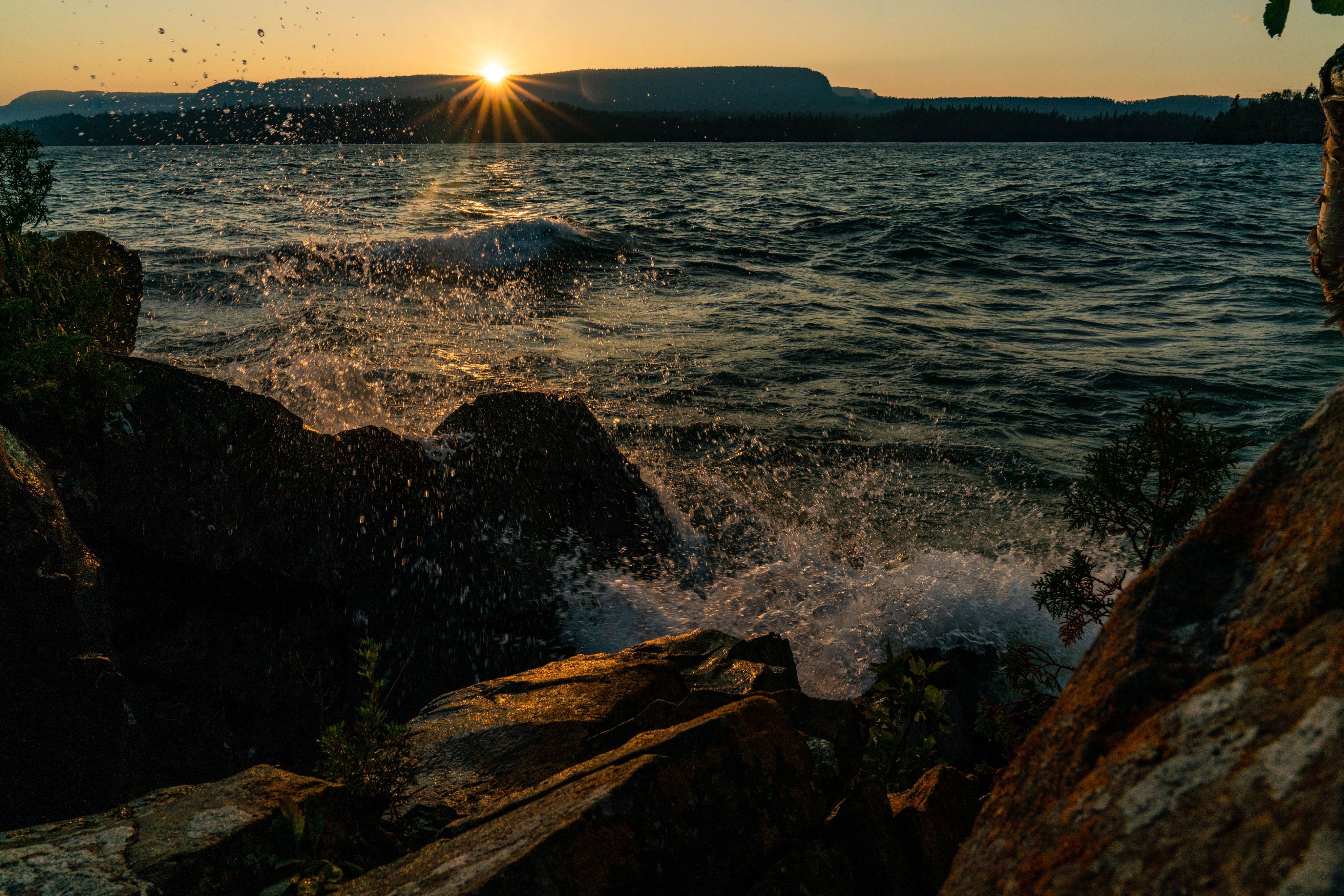
Later in the day, I find myself walking along the Rossport Coastal Trail, a short 1.5 km route that hugs the Lake Superior shoreline and offers stunning views over the water.
It isn't hard to see why Lake Superior captures the imagination of those who visit. The colour of the water, the ruggedness of the shoreline and the powerful pull of the waves is different than any of the other Great Lakes in Canada.
As Gregory says, Lake Superior offers a little bit of everything, from ocean-like sailing to wildlife viewing to complete solitude.
"And all of that together brings you to a place of peace and tranquility and adventure, all wrapped together."

Photo by Parks Canada
Photo by Parks Canada
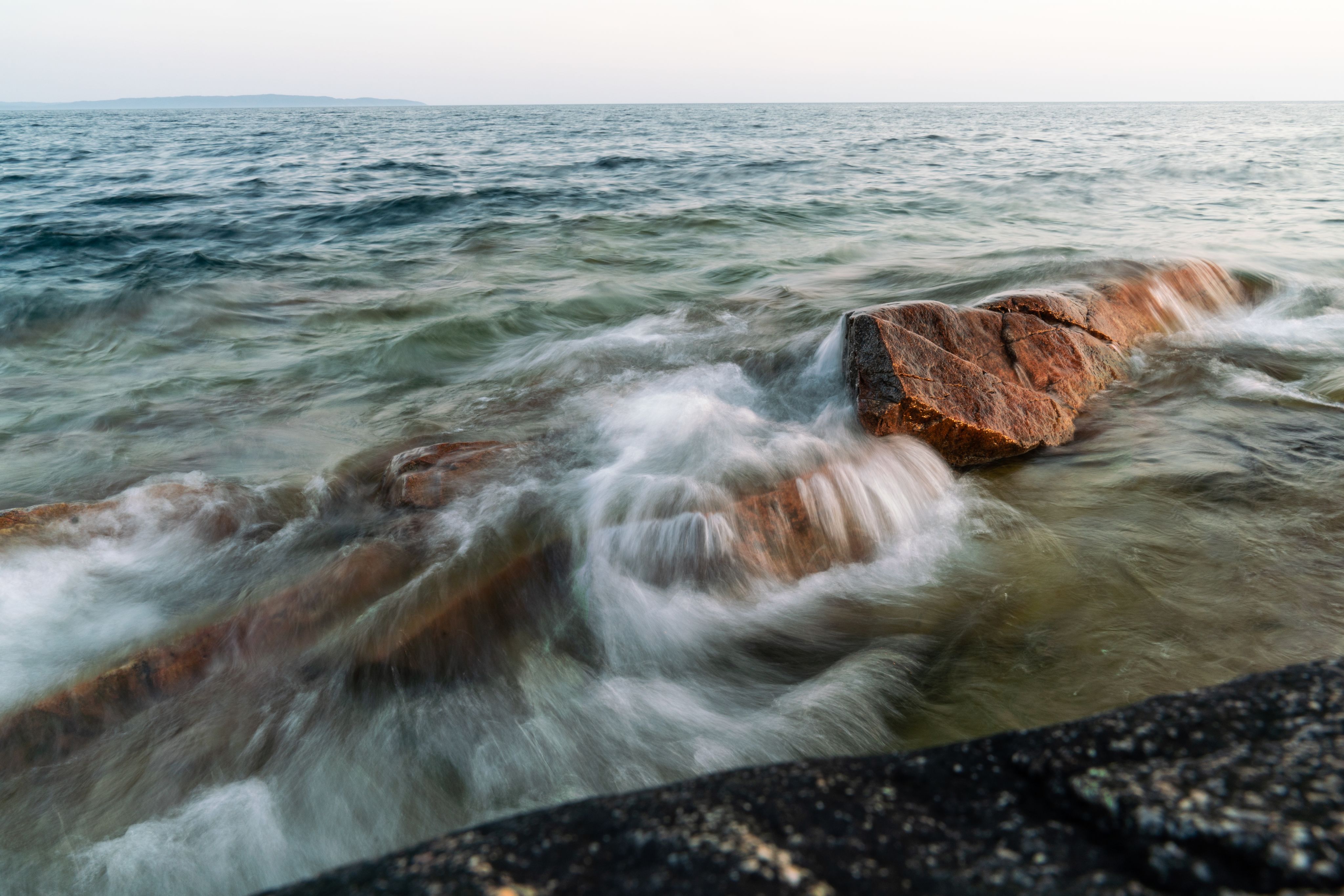
Photo by Parks Canada
Photo by Parks Canada
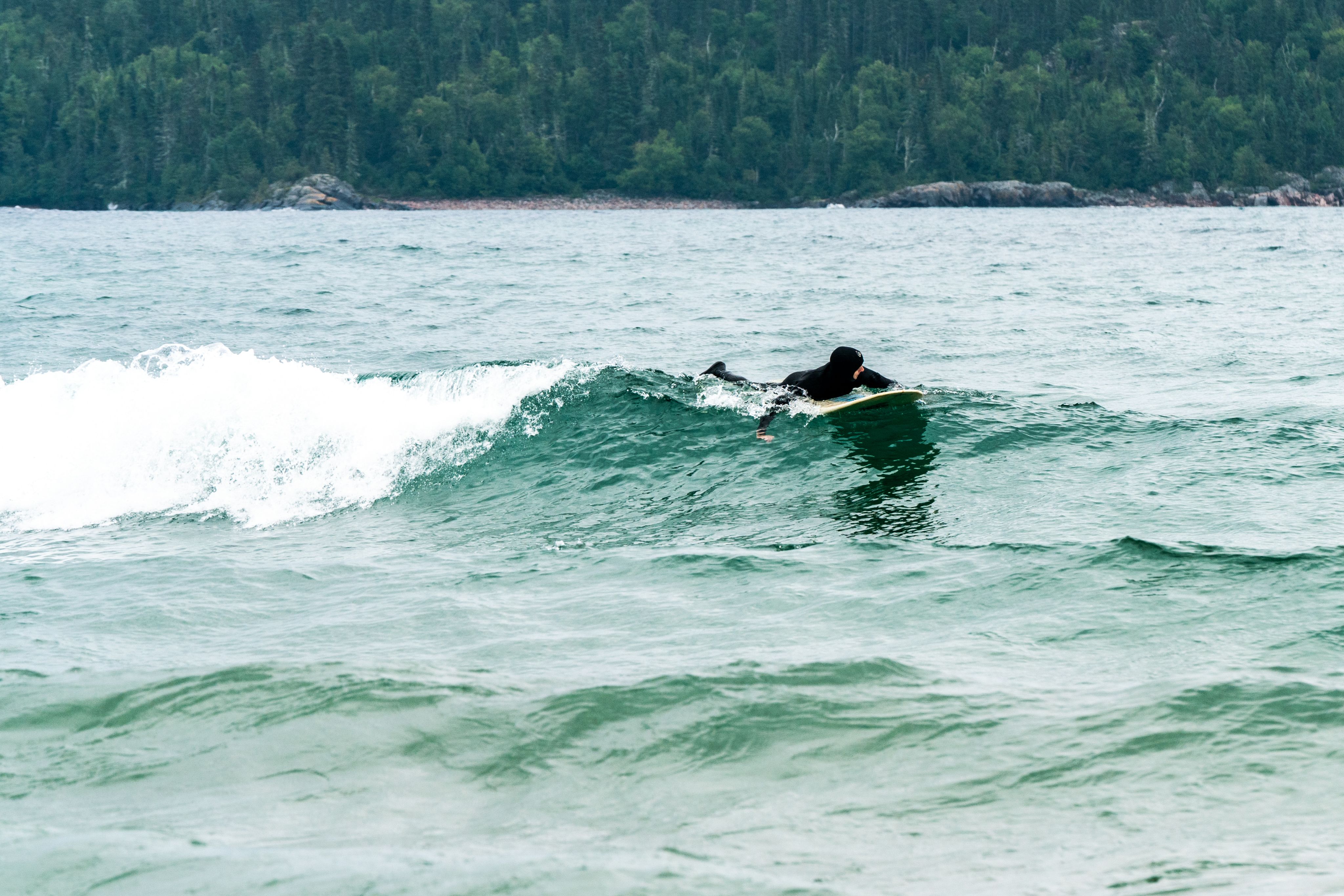
Photo by Parks Canada
Photo by Parks Canada
Embrace Canada with Landsby
Landsby creates unique and immersive experiences that not only provide travellers with purposeful and enriching trips but aim to positively impact the host communities.
